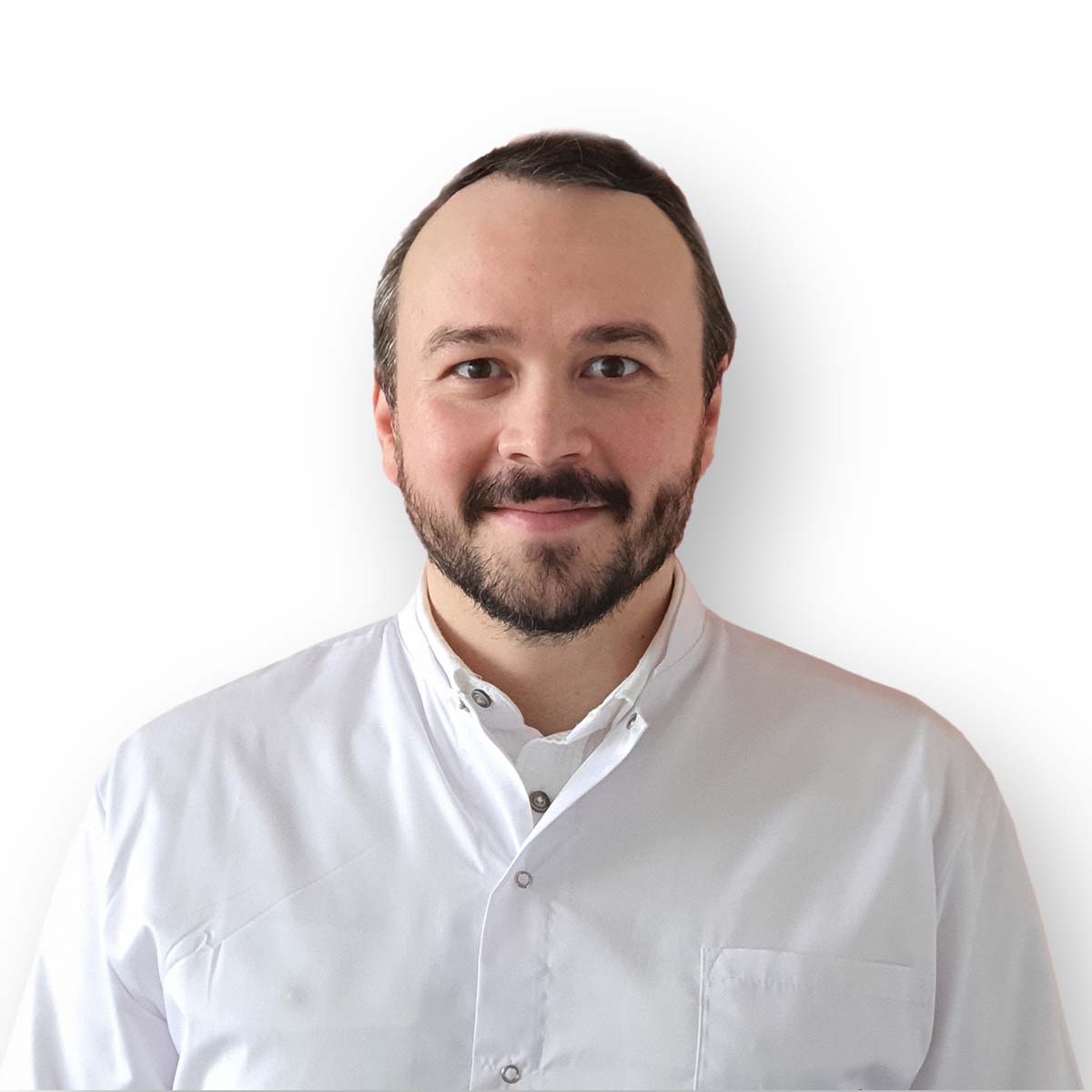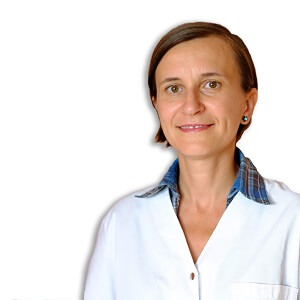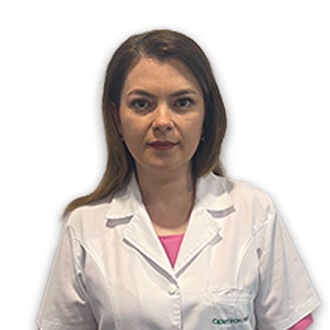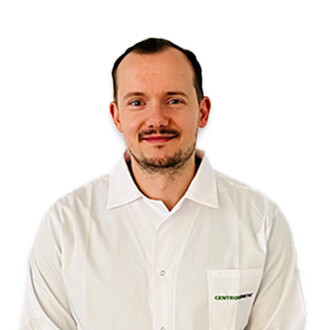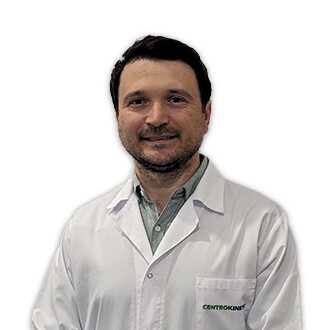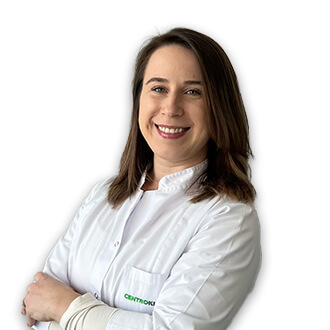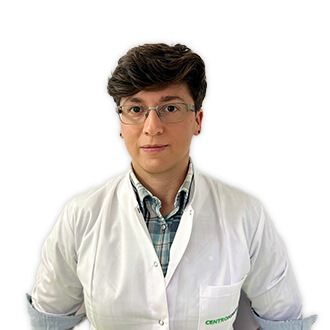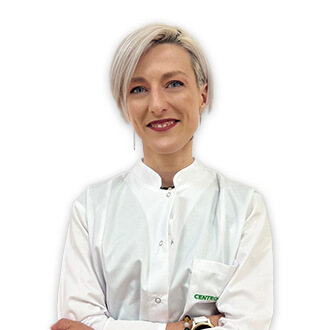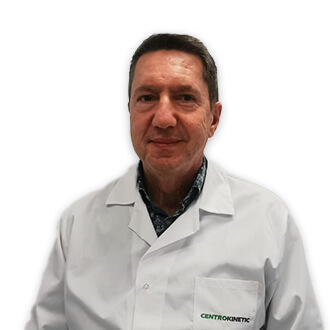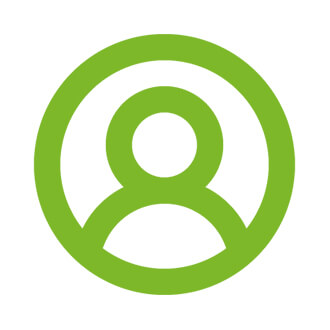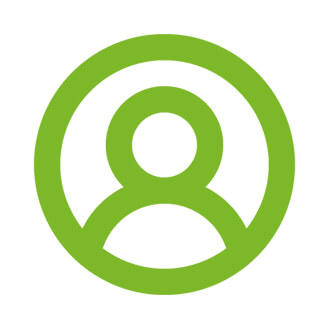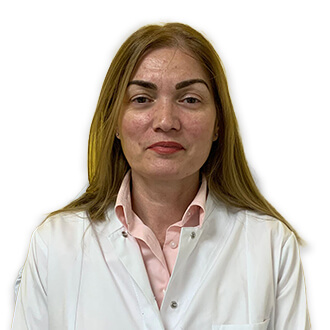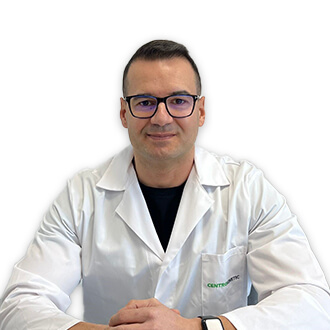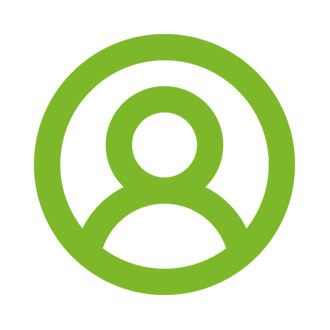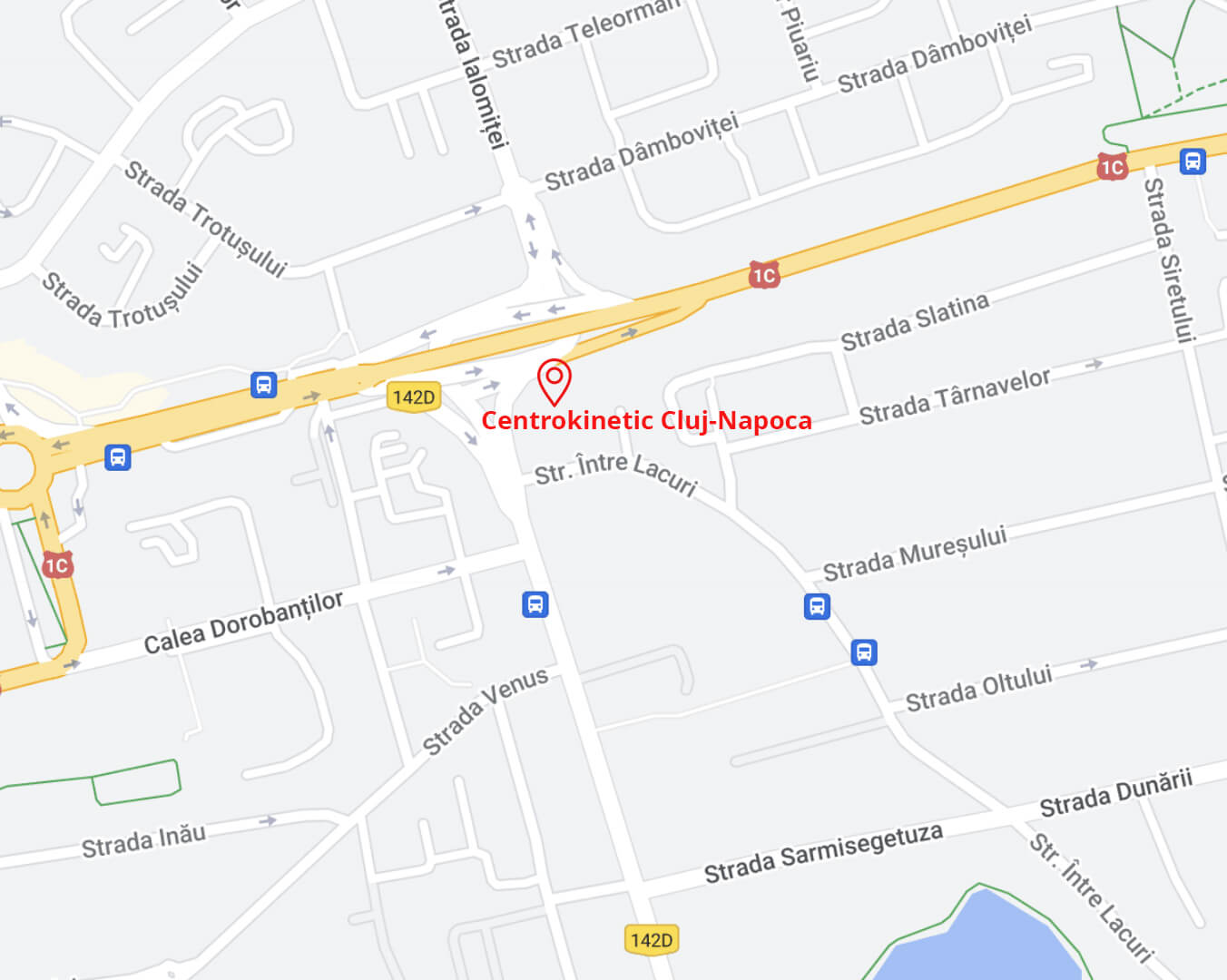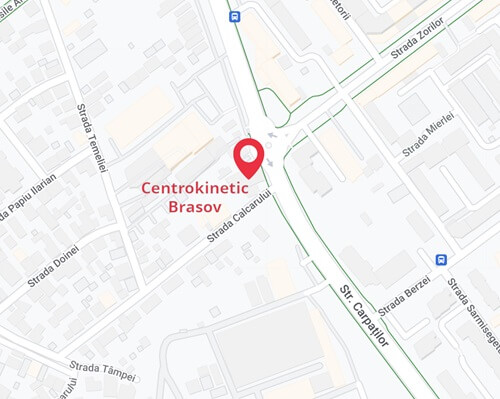
Speech therapy in children and adults
What difficulties can arise and how do they manifest?
- Speech disorders: are characterized by deficits in the articulation of sounds (the child "stalks" words, omits/adds or replaces sounds)
- Rhythm and fluency disorders: stuttering.
- Voice disorders: which is manifested by changing the voice to a harsh, hoarse, or unmodulated voice.
- In language disorders the child has:
- Deficits in the use of oral language.
- Grammatical and phonological difficulties (incorrect use of language form).
- Semantic difficulties (incorrect use of language meaning).
- Pragmatic difficulties (incorrect use of language function).
- Signs in the first years of life
- Difficulty reacting to sounds.
- Atypical cry.
- Limited responses to interaction with others.
- Limited language comprehension.
- Difficulties in interacting with the children around him.
- Delay in the appearance of the first words or short sentences (2-3 words).
- At school age the manifestations are different:
- Difficulties in following instructions.
- Difficulties in verbal expression and understanding of both oral and written language.
- Difficulties in telling various stories.
- Difficulty in using language appropriate to the social context.
- The most common signs of language deficits that can be observed since childhood:
- Insufficiently developed receptive language skills.
- Limited expressive language skills (use of a small number of words, verbs).
- Limited development of sound pronunciation (pronounces a small number of consonants, mistakes in pronouncing vowels).
Oral motor therapy
Oral motor therapy is the exercise of the muscles and facial parts that make up the phono-articulatory apparatus, namely the mandible, cheek muscles, tongue, palate, pharynx, larynx, nasal cavity. These components are important in articulating sounds and producing speech.
Normally, the muscles of the mouth do not need additional exercise, the action of talking and eating keeps the muscles in optimal shape. If the muscles of the phono-articulatory apparatus (mouth) have suffered as a result of physical injuries or are insufficiently developed, then difficulties such as reduced mobility, agility, precision, and endurance of the muscles appear.
Who is this therapy for?
Oral-motor therapy is recommended for adults and children:- with oral difficulties that prevent or modify the process of swallowing, chewing, and feeding.
- which presents muscular hypotonia mainly in the upper part of the body.
- children diagnosed with cerebral palsy, neuro-motor disorders with oral muscle disorders.
- children diagnosed with autism who have oral sensory disorders.
- The food falls out of his mouth when he tries to eat.
- There are difficulties in chewing.
- He crushes the food with his tongue.
- He keeps the food in his mouth for a long time.
- The vomiting reflex occurs when trying to swallow.
- He keeps his mouth open most of the time.
- His tongue comes out of his mouth.
- There are difficulties in eating with the fingers (in babies).
- He has preferences for certain food textures.
- It is difficult for him to use a straw when drinking.
- Excess salivation.
ABA-Verbal Behavior method for language stimulation and development
Verbal Behavior is an intervention based on the science of applied behavioral analysis that focuses on verbal communication developed by B.F. Skinner. This method focuses on the effective communication that is achieved by learning the meaning of a word rather than by learning a word as a collection of sounds.
Echo (verbal imitation): the development of the echo repertoire contributes to the encouragement of other verbal operants such as requests or comments. The ultimate goal of the echo is for the child to repeat the words and phrases uttered by those around him.
Requests: they allow the child to control the reward, immediately encouraging behavior. The request can be a gesture, an image, a sound, a syllable, a word. Learning to ask is essential in reducing aggressive, inappropriate behaviors that often have the meaning of asking.
Comments: represents the way in which the child identifies objects, actions, characteristics, and others.
What skills does the ABA-Verbal Behavior method develop?
Verbal Behavior Intervention can develop in the child a series of skills involved in the communication process:
- Understanding the language of those around you
- Verbal expression through requests, comments, or questions.
- Understanding the function of language communicates appropriately to the context.
- Development of conversation skills.
- Development of speech and listening skills.
- Development of writing skills.
To whom we address this method?
This approach is addressed to children with behavioral problems ( autism, ADHD ), attention deficit ( ADD ) but also to neurotypical children with difficulties or delays in language acquisition. In the case of children with autism, language development is a major goal of the therapy program, so through the ABA-Verbal Behavior methods and techniques, they can have benefits in the area of communication.
Therapy of language disorders
How do we recognize a language disorder?
Some signs that show the presence of the disorder:
- The child's first words and sentences most likely appear later in relation to the average age of language developement.
- Vocabulary is much lower in quantity and less varied than in other children
- Sentences are shorter with more grammatical errors (especially in the past tense).
- He may have difficulty finding his words, improvising definitions of words, or poor understanding of synonyms, words with multiple meanings, or age-appropriate puns.
- Problems remembering new words, repeating a sequence of verbal information (phone number, shopping list).
- Reduced ability to give information about key events and to tell stories.
Causes of language disorder
For the vast majority of children, the natural development of language begins at birth. A child must be able to hear, see, understand, and remember in order to naturally form the ability to speak.In most cases, before the age of 4, language comprehension problems can be observed that can sometimes be associated with expression problems.
Language disorders can occur in children with autism spectrum disorder, hearing loss, learning disorders, and central nervous system injuries, i.e aphasia.
Language disorders can occur in preschool, being about receptive and/or expressive language impairment or as a result of a learning disorder such as selective mutism or dyslexia.
Language disorders are different from language delay. When the child has a language delay this means that speech and language developed later than normal, referring to the average age of development of these skills. In the case of a language disorder, speech and language do not develop normally and there are differences between the speech of the child with a language disorder and other children with normal development.
The therapy of language disorders can start at an early age, where we see that there are difficulties in understanding or expressing. The minimum age is 1 year and 6 months.
Speech therapy with the help of a speech therapist in children
The child who has difficulty creating and forming speech sounds has speech disorder, which is different from language disorder, having persistent difficulties in producing speech sounds that interfere with speech intelligibility or prevent verbal communication of a message.This disorder causes limitations in effective communication and has consistent consequences in socialization, academic achievement, or professional performance. Symptoms begin during early development.
Causes of speech disorder
The most common form of speech disorder is dyslalia (the difficulty of articulating one or more sounds). In many cases, the cause of these problems can be hearing loss. Even when hearing loss is moderate, there are difficulties in reproducing the sound heard. Another cause is the cleft lip and palate, being an innate deformity that interferes with the ability to speak intelligibly. At the same time, the difficulties of articulating sounds can appear as a motor difficulty, of positioning or coordinating the muscles for the articulation of a certain sound.
Treatment for speech disorders
Following the collection of information from the evaluation, tests, and observations of the speech therapist, an intervention plan adapted to the child's needs is developed. The age and type of speech disorder will be taken into account and work objectives will be set. Depending on the particularities of each case, oral or motor exercises for coordinating and positioning the elements of the phono-articulatory apparatus will be done or not.
The intervention will be performed in the presence of the parent or companion. The active involvement of parents is very important in the recovery process. At the recommendation of the specialist, the exercises will be done at home, in a calm environment, comfortable for the child, and in a non-intrusive, playful manner.
Among the most common speech disorders we find:
- Neuro-motor disorders: apraxia, dysarthria.
- Sound disorders: dyslalia.
- Rhythm and fluency disorders: stuttering.
- Voice disorders.
- Myofunctional orofacial disorders.
If you notice speech problems in your child or other signs related to the way of expression, we advise you to reach with confidence to our team of specialists:
- Speech therapist Carmen Grigorescu: after graduating from Faculty of Sociology-Psychology, she followed the master's degree in Human Resources, Administration and Development 2008-2010, a master's degree in clinical psychology, hypnosis and short-term psychotherapy 2010-2012, a master's degree in speech therapy in communication processes 2012- 2014.
- Speech therapist Laura Alexandrescu: after graduating from Faculty of Sociology-Psychology, she followed the master's degree in Assessment, counseling, and psychotherapy for children, couples, and families 2018-2020
Do not ignore the early signs of any problem. The faster you get to the psychologist, the exponentially the chances of healing or controlling the condition increase.
Prices
You can find here a detailed list of the prices of individual services. But any correct recovery process is based on a mixed plan of therapies and procedures, customized according to the condition, stage of the condition, patient profile, and other objective medical factors. As a result, in order to configure a treatment plan, with the therapies involved and the prices related to the plan, please make an appointment here for an initial consultation.
Centrokinetic is the place where you will find clear answers and solutions for your motricity problems. The clinic is dedicated to osteoarticular diseases and is divided into the following specialized departments:
- Orthopedics , a department composed of an extremely experienced team of orthopedic doctors, led by Dr. Andrei Ioan Bogdan, primary care physician in orthopedics-traumatology, with surgical activity at Medlife Orthopedic Hospital, specialized in sports traumatology and ankle and foot surgery. .
- Pediatric orthopedics , where children's sports conditions are treated (ligament and meniscus injuries), spinal deformities (scoliosis, kyphosis, hyperlordosis) and those of the feet (hallux valgus, hallux rigidus, equine larynx, flat valgus, hollow foot).
- Neurology , which has an ultra-performing department, where consultations, electroencephalograms (EEG) and electromyography (EMG) are performed.
- Medical recovery for adults and children , department specialized in the recovery of performance athletes, in spinal disorders, in the recovery of children with neurological and traumatic diseases. Our experience is extremely rich, treating over 5000 performance athletes.
- Medical imaging , the clinic being equipped with ultrasound and MRI, high-performance devices dedicated to musculoskeletal disorders, and complemented by an experienced team of radiologists: Dr. Sorin Ghiea and Dr. Cosmin Pantu, specialized in musculoskeletal imaging.
Find the latest news by following the Facebook and YouTube accounts of the Centrokinetic clinic.

MAKE AN APPOINTMENT
CONTACT US
MAKE AN APPOINTMENT
FOR AN EXAMINATION
See here how you can make an appointment and the location of our clinics.
MAKE AN APPOINTMENT



























